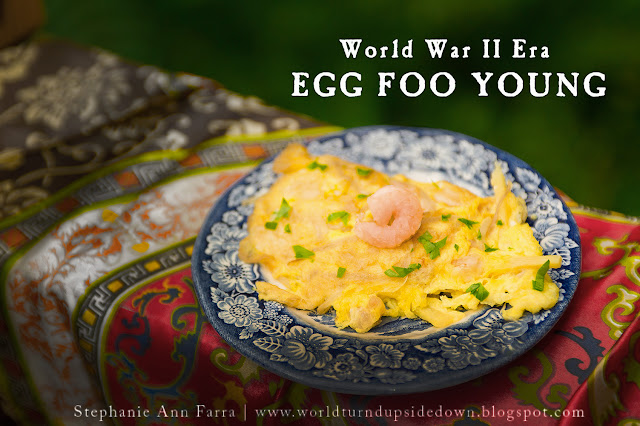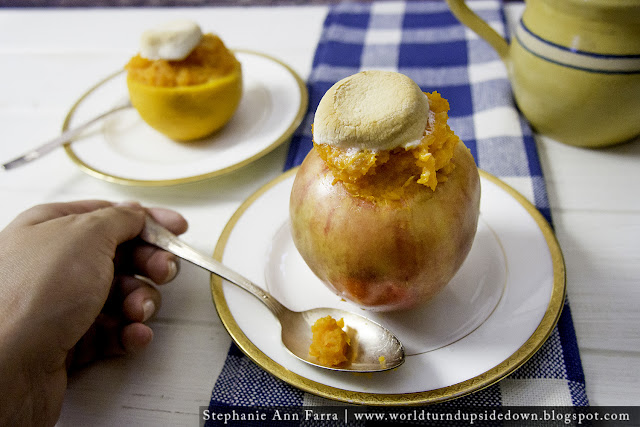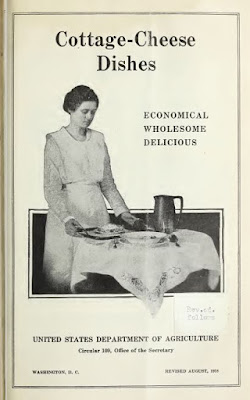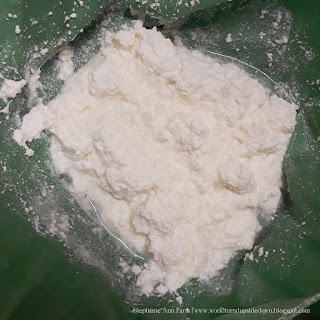This is another recipe from The Chinese Cook Book (1936.) You can see the Shrimp Fried Rice I made from this book here. This was a cookbook by a Chinese-American woman meant for American cooks wishing to recreate the dishes they were eating in popular "Chop Suey" Houses. Chop Suey Houses were popular for their cheap and delicious food, elegant decor and live music.
You might ask why Chinese food would be popular during a time of war that emphasised nationalism. In the early 1900s, labor unions felt that nonunion Chop Suey houses were bad for business and pushed for laws that would shut them down. Many of these laws focused on disallowing live music and not allowing young people to enter them late at night. We know how well that works. Chop Suey Houses gained a reputation for being exotic and a part of a wild lifestyle. By the 1940s they were still fashionable places to see and be seen. It's interesting to note how the dish, Chop Suey has fallen out of fashion so much that few people have ever tried it.
Egg Foo Young is another great way to use up leftover vegetables and protein. Celery, green onions, carrots and any sort of leftover meat would be delicious in this. In modern times it is served with a gravy but the Chinese Cook Book emphasised Soy Sauce, which was then called "Chinese Sauce" due to its ubiquity in Chinese American dishes.
Egg Foo Young
Ingredients:
- 5 Eggs
-1/2 Cup Chopped Shrimp
- 1/2 Cup Onion, shredded
- 1 Cup Bean Sprouts
- Bamboo Shoots (cut in matchsticks)
- 1/4 Cup Water Chestnuts, chopped
- 5 Tablespoons Peanut Oil or Vegetable Oil
Beat eggs together and mix in chopped vegetables and shredded onions . Pour some oil in a large wok or frying pan and heat to medium-high heat. Using a ladle, scoop out one patty's worth of mixture in the hot oil. Create as many of these "patties" as can fit in the pan without touching. Fry until you it is lightly browned on one side, then flip and fry on the other side until lightly browned.
In modern times, Egg Foo Young is deep fried and foodies scoff at the idea of pan frying. You can deep fry this is about 2 inches of oil. Make sure to use a metal ladle and hold it in the oil in the ladle for a few seconds before pouring it in. Frying takes about 5 minutes and you'll have to flip it.




























